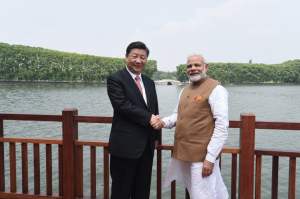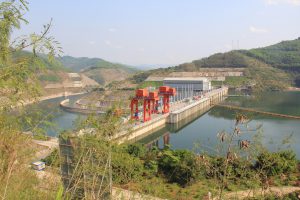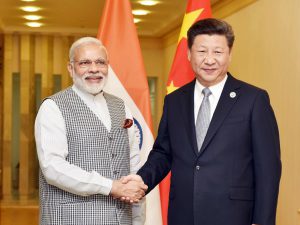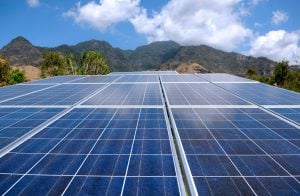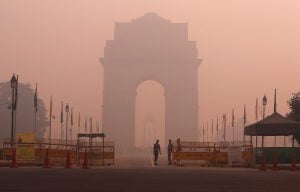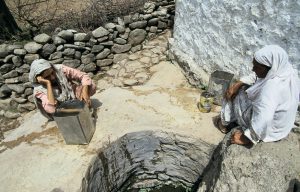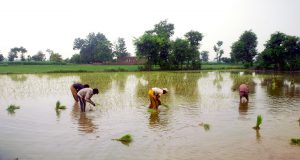When India’s Prime Minister Narendra Modi and China’s President Xi Jinping held an informal summit on April 27-28, involving a cruise on East Lake, Wuhan in Hubei province, did they talk about water?
There’s no mention of it in the separate communiques issued by the two governments, but one of the Indian diplomats familiar with the summit agenda says that it was part of the discussion on de-escalating tension along the India-China border. There was definitely a lot of talk about the disputed sections of the 4,000-kilometre-long border.
The diplomat was confident that China will resume providing information about the water flow in the Brahmaputra (called the Yarlung Zangbo in China) this monsoon, a process interrupted in 2017 as the armies of the two countries went eyeball to eyeball over a disputed stretch of the border in an area called Doklam where the borders of Bhutan, China and India meet.
The Chinese government said the interruption had nothing to do with that long-running incident, that it was due to water measuring stations being upgraded, but there were few believers of that statement south of the Himalayas. It also did not help that there was a sudden rush of silt in the Brahmaputra last November, which China ascribed to a landslide caused by an earthquake, without providing any seismic data to back the statement. Indian observers thought it was due to a railway tunnel being built under the bed of the Yarlung Zangbo.
This is the kind of mutual mistrust that has bedevilled the relationship between China and India. The stated purpose of the Modi-Xi summit was to remove such mistrust, in the hope that more concrete cooperation would follow. The strategic fraternity in India believes that following the last congress of the Communist Part of China, President Xi now has the power to push such changes through.
So, if Xi and Modi want, the relationship can improve significantly.
Problems aplenty
This is not to say that there will be no problems in the China-India relationship. The fact that the two governments chose to issue separate communiques after the summit shows big differences in perception and emphasis. China now accepts that India will not formally join the Belt and Road Initiative (BRI) because a key highway being built under its banner goes to the Pakistani port of Gwadar, passing through an area claimed by India.
So, China wants to be pragmatic about it, calling another major highway the BCIM project after the countries through which it is planned – Bangladesh, China, India and Myanmar – rather than calling it a part of BRI. It appears that given this face-saving device, the Indian government is also now backing this highway from Kolkata to Kunming.
Perhaps the only concrete plan to come out of the Modi-Xi summit was to work together for a project in Afghanistan. This could not have been an easy decision, knowing that it would draw opposition from China’s “all-weather friend” Pakistan.
But the signal from the summit is that pragmatism and the prospect of trade can overcome most obstacles. The need for greater cooperation gets more urgent by the day, but it looks like small positive steps are the best that can be hoped for in the foreseeable future.
It is not as if China and India don’t cooperate despite their differences. For over a dozen years now, the two countries have coordinated their positions in global climate negotiations. That has had a major positive impact for the entire developing world, since the joint voice of China and India carries considerable weight. At the ongoing mid-year climate meeting in Bonn, the two countries are together again demanding for more action from the industrialised world between now and 2020, before the Paris climate agreement comes into effect.
There is a passing reference to this in the Indian government’s communique after the Modi-Xi summit. It says the two countries, “agreed to jointly contribute in a positive and constructive way in facilitating sustainable solutions for global challenges including climate change, sustainable development, food security etc. The two leaders agreed that as two major countries and emerging economies, India and China, given their vast developmental experiences and national capacities, should join hands to take lead in offering innovative and sustainable solutions to challenges faced by humankind in the 21st century. These include combating diseases, coordinating action for disaster risk reduction and mitigation, addressing climate change and ushering digital empowerment.”
On the same subject, the Chinese government communique says the two countries “agree to join hands in offering innovative and sustainable solutions to global challenges such as epidemics, natural disasters, climate change and terrorism.”
The informal summit in Wuhan may not have led to any concrete outcome, but it provided some hope. The two leaders are set to meet again in June, when Modi visits China for a summit of the Shanghai Cooperation Organisation, a security bloc led by China and Russia.
